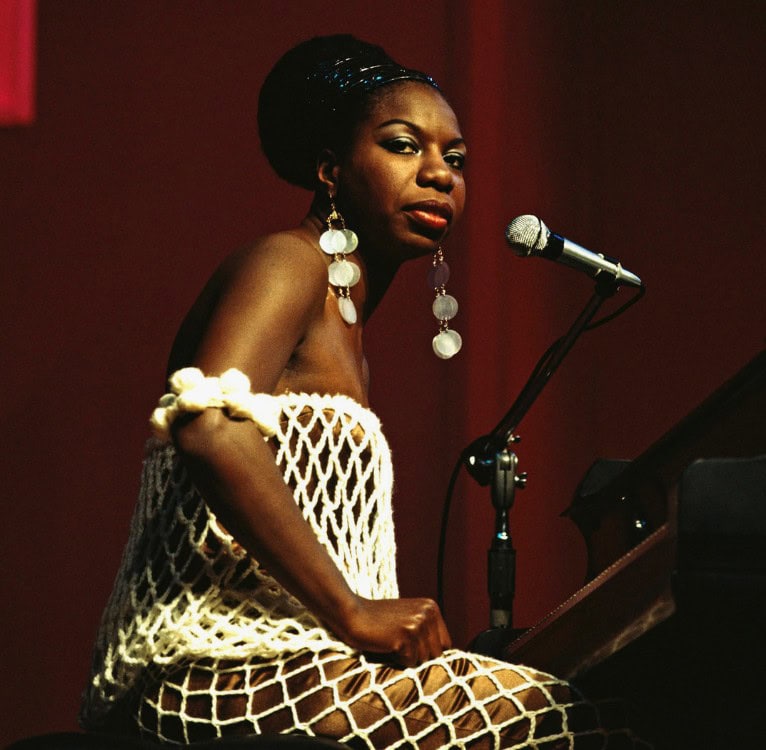In 1968, the ever-iconoclastic singer and pianist Nina Simone delivered a powerful and unconventional take on the burgeoning rock musical Hair. Released as a single from her album Nuff Said, “Ain’t Got No, I Got Life” wasn’t a straightforward cover, but rather a medley that defied categorization.
The original music and lyrics for “Ain’t Got No” and “I Got Life” were penned by the songwriting duo of James Rado and Gerome Ragni, with music by Galt MacDermot. These songs, embedded within the countercultural tapestry of Hair, explored themes of social nonconformity, youthful rebellion, and a yearning for liberation.
Simone, however, wasn’t content with simply replicating the musical’s energy. She transformed the two songs into a singular artistic statement. Version 1 of “Ain’t Got No, I Got Life” begins with a hauntingly repetitive piano hook, setting a mood of introspection before exploding into a smoothly played jazz number. This version highlights Simone’s masterful piano skills and the soulful depth of her vocals.
Version 2 takes a decidedly different approach. A driving rock beat takes center stage, propelled by a searing guitar and horn section riff. This version showcases the unbridled energy and raw emotion that Simone was known for. The contrasting styles within the medley not only showcase Simone’s versatility but also reflect the inherent duality of the original songs.
“Ain’t Got No, I Got Life” wasn’t a commercial juggernaut, but its impact extended far beyond chart success. Simone’s interpretation injected the song with a potent dose of social commentary, reflecting the social and political turmoil of the late 1960s. The juxtaposition between the despair of “Ain’t Got No” and the defiant spirit of “I Got Life” resonated with a generation yearning for change.
The legacy of “Ain’t Got No, I Got Life” lies in its audacity. It’s a testament to Simone’s artistic freedom and her ability to transform a theatrical piece into a powerful social statement. As we delve into this iconic medley, it’s crucial to appreciate not just its musical innovation, but also its place within the cultural landscape of a transformative era.
Video
